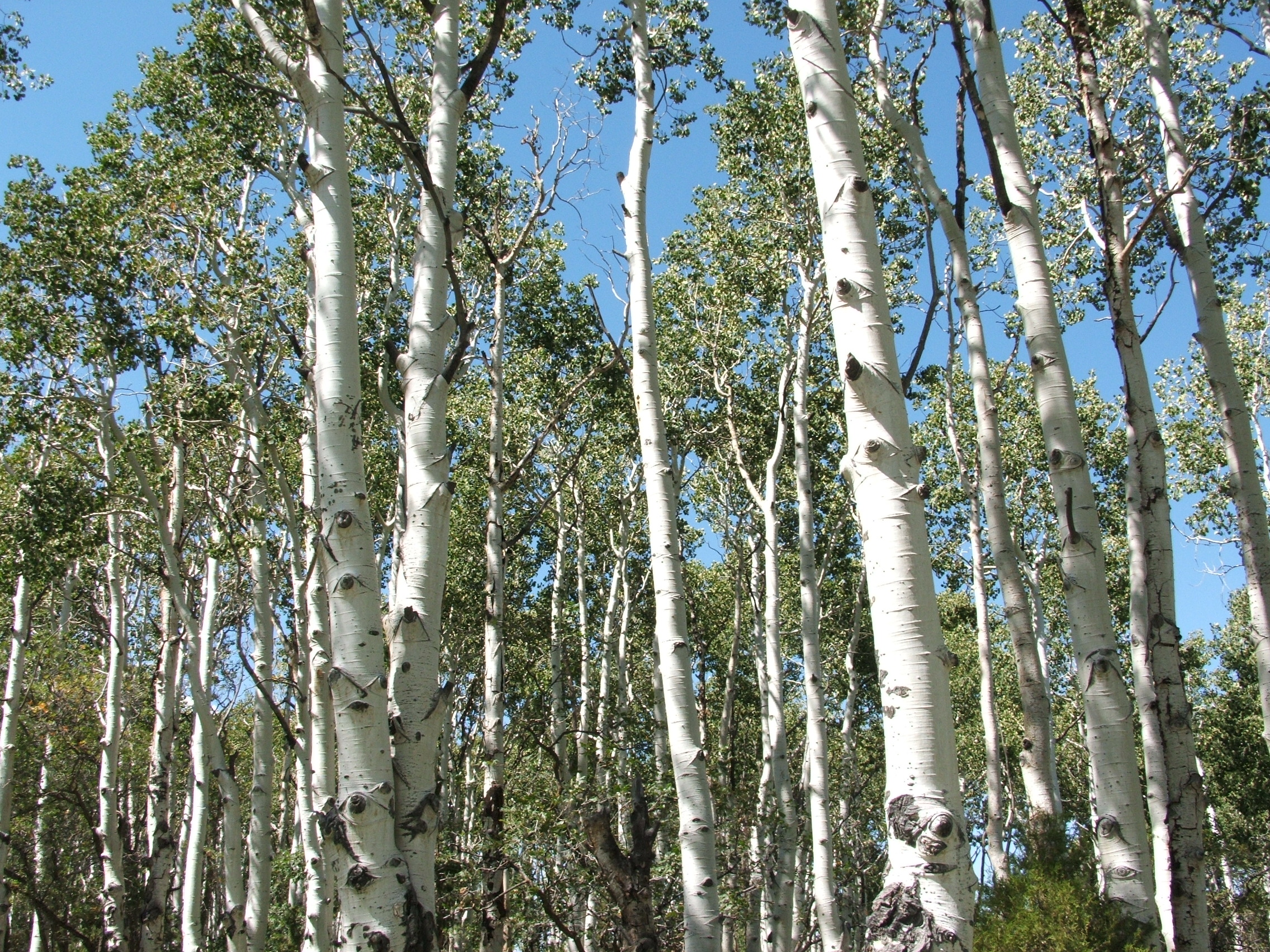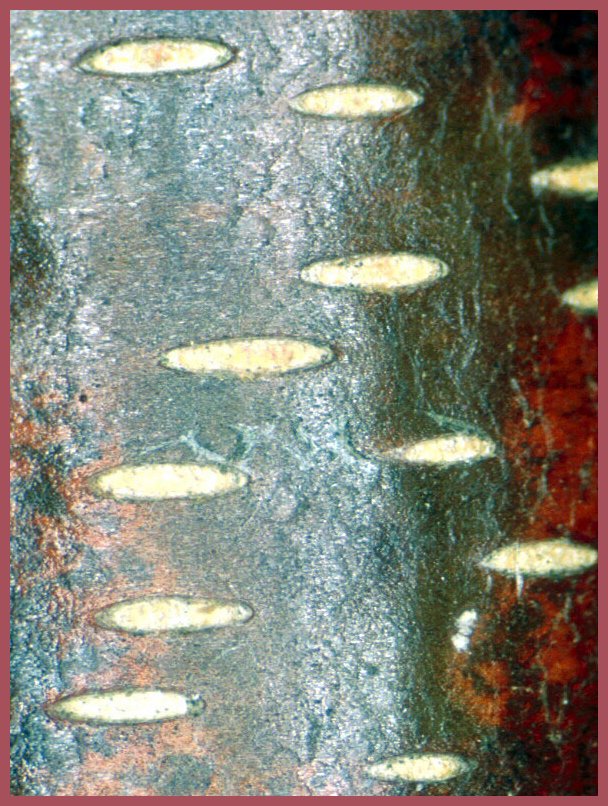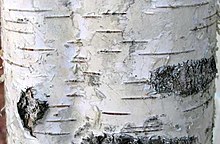Wood related, but geared towards folks that think & swear their wood is dry, and it really is not.
Note the photos of oak wood with a punky outer shell. This stuff has been dead standing for god knows how long. Needless to say, many folks assume since stuff is dead and lying or standing, that it must be dry. My point is unless split & stacked for 2 years minimum, preferably 3 years for most oak and other similar hard woods, it ain't dry. Some of this stuff may be ready in a couple years, but most will need 3 to achieve the desired dryness I want.
I don't care if it is dead standing, or dead and cut into rounds. Around this house, it ain't started drying till split & stacked.
Those that have burned truly dry oak and other nice hard woods, know the real heat potential of these woods. Those that just cannot get the stove to temp, and the heat from the load.... don't have as dry as wood as they think. It is a shame to waste heat and energy drying out a load of wood that is not ready. Makes for a lot of unhappy burners. Before you blame the stove, check the wood.
View attachment 95691View attachment 95692View attachment 95693View attachment 95694







 !
! The real question in the weathered pic is bark up or bark down. All but 2 of his/her splits are bark is up.
The real question in the weathered pic is bark up or bark down. All but 2 of his/her splits are bark is up. 


